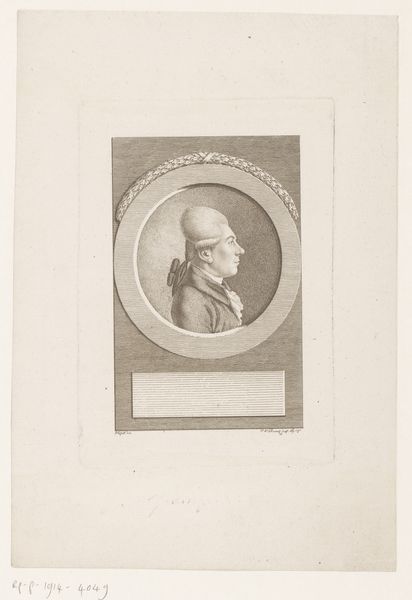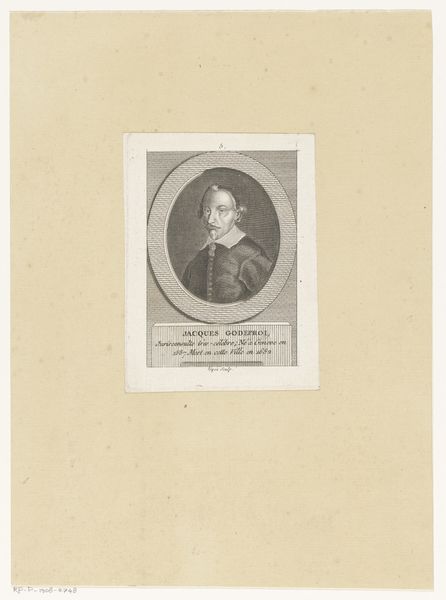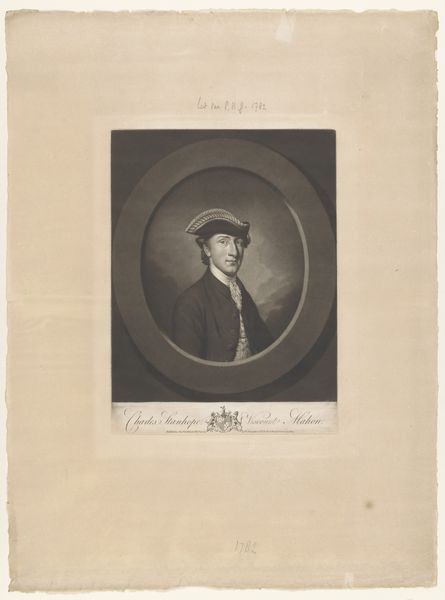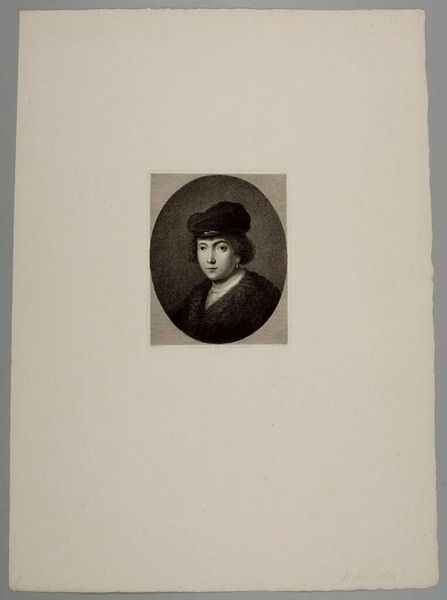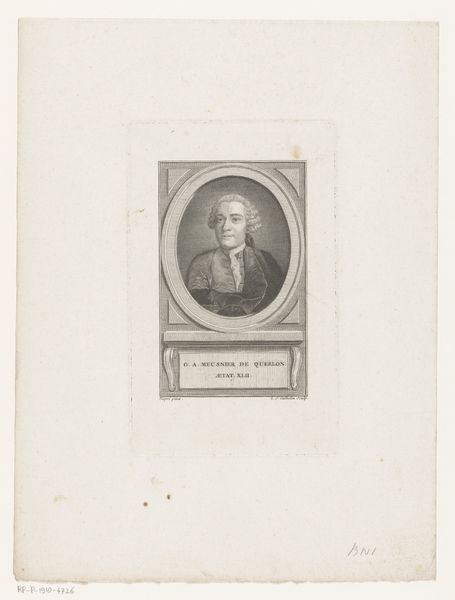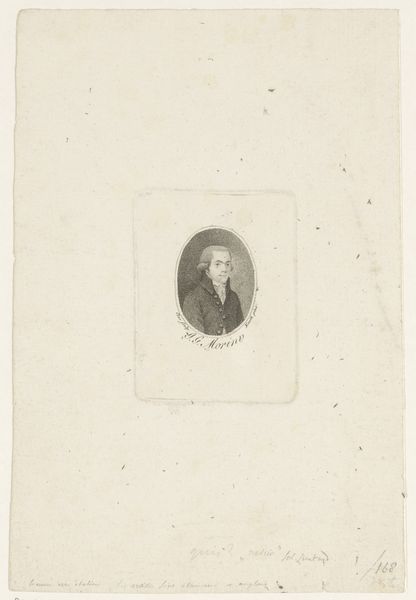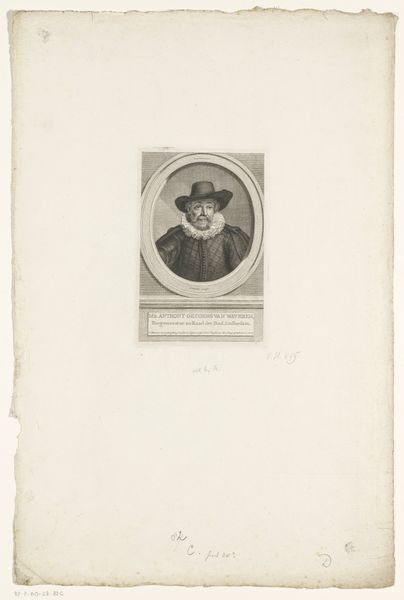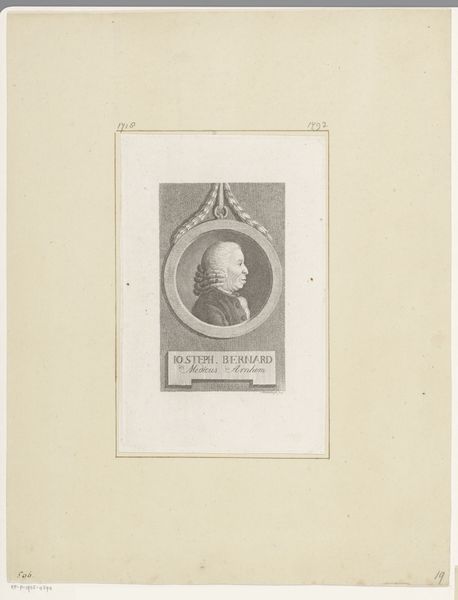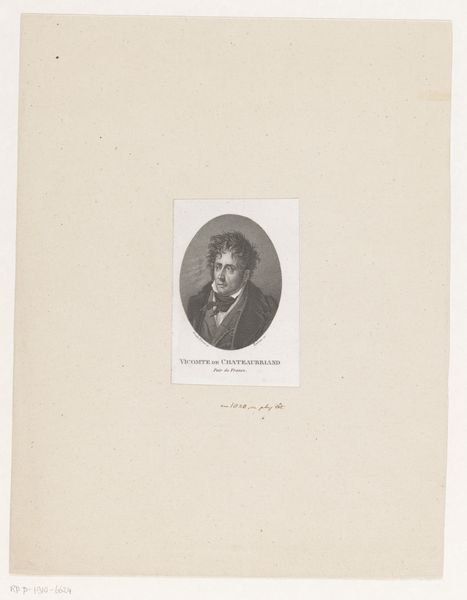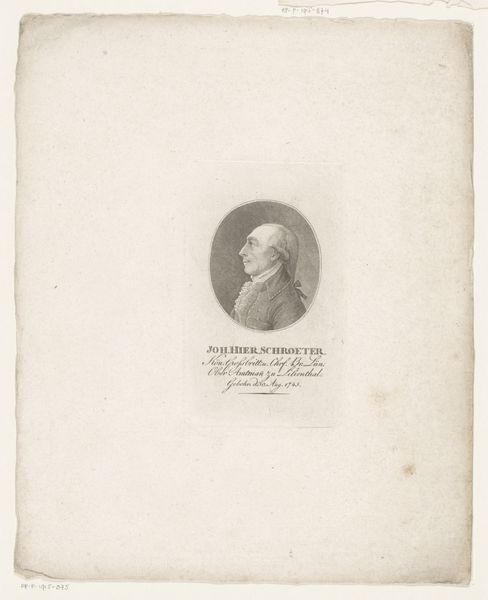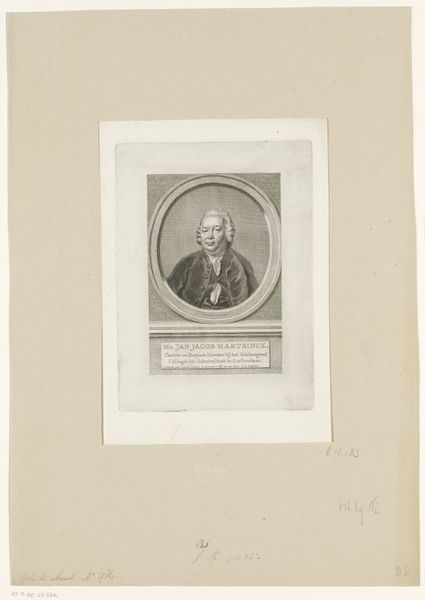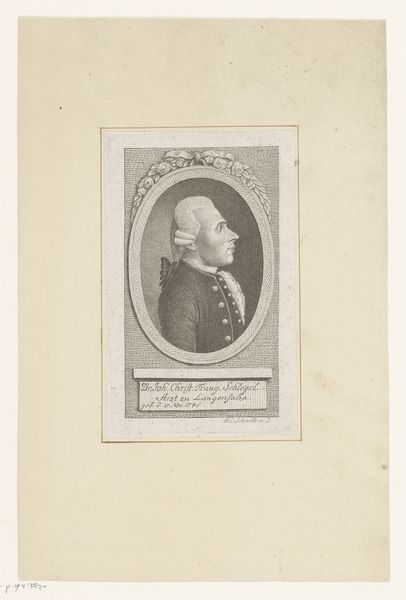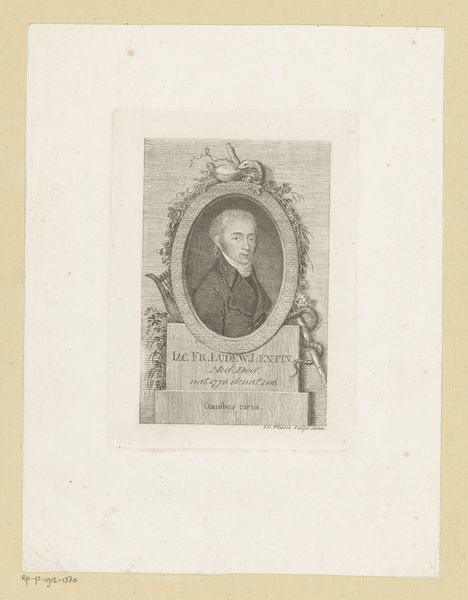
print, paper, ink, engraving
#
portrait
#
dutch-golden-age
#
ink paper printed
# print
#
figuration
#
paper
#
ink
#
line
#
engraving
Dimensions: height 177 mm, width 119 mm
Copyright: Rijks Museum: Open Domain
Editor: This is Jacob Houbraken's "Portret van Hendrick Dircksz. Spiegel," made between 1749 and 1796. It’s an ink engraving on paper. It has a very formal and somewhat austere feel. What kind of story can you tell me about it? Curator: The formality isn't surprising given the subject, Hendrick Dircksz. Spiegel, a burgomaster of Amsterdam. These portraits functioned as markers of social status but also as political statements, announcing someone's place within the power structure. What's interesting is to consider who these images were for. How might their display reinforce existing social hierarchies, and what are the ethics of reproducing such structures through art? Editor: That's a great question! I hadn't thought about the politics of portraiture in that way. It does make you wonder if it was less about the individual and more about affirming the system they belonged to? Curator: Precisely! Think about the controlled lines of the engraving, the precise details, all reinforcing an image of order and control. We can ask how this reinforces very specific, classed, and gendered norms. And further, who benefits from such visual pronouncements? Editor: It really pushes you to question the role art plays in reflecting and perpetuating social norms. It gives me a lot to think about. Thanks for your insights. Curator: Indeed. Looking at art with this critical lens reveals its complex relationship to power and identity. It encourages us to actively challenge what these works represent and stand for in the contemporary world.
Comments
No comments
Be the first to comment and join the conversation on the ultimate creative platform.
